Lecture 21 | Toxicology
1/45
Earn XP
Description and Tags
Toxins, Disease, Pollution vs Contamination, Point Source & Non-Point Source, Common Pollutants, Dose Response Curves, Acute vs Chronic Toxicity, Risk Assessments
Name | Mastery | Learn | Test | Matching | Spaced |
|---|
No study sessions yet.
46 Terms
Case Study | Why can’t we completely avoid chemical exposure?
we live in a chemical soup
Toxin
poisonous to living things
Toxicology
study toxins in the environment and their effects on living things
What are the two perspectives of toxicology?
how toxins behave in their environment, what they do to the organism

How are toxins synergistic?
effects are worse when combined with something else
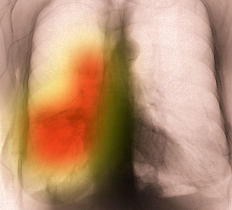
Disease
impairment of an individual’s ability to function
Provide examples of a serious vs a mild disease:
cancer vs headache
Why is disease sometimes hard to identify?
what impairs someone depends on the individual
Why is it impossible to make it through life without encountering any disease?
disease is everywhere
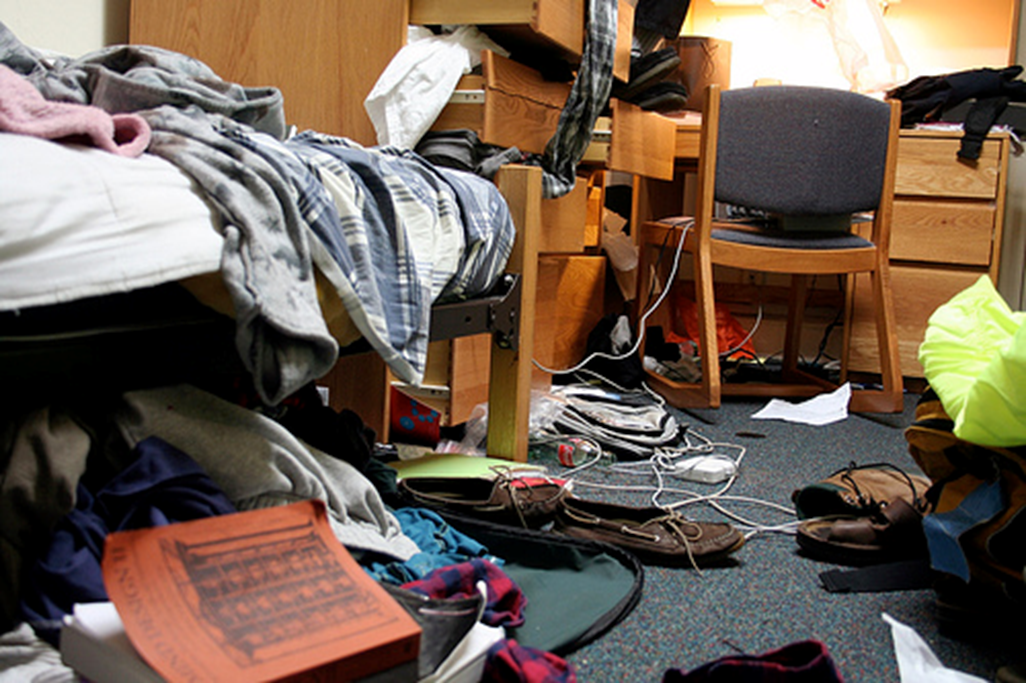
Pollution
unwanted change in environment from introducing unwanted materials

Contamination
when pollution renders an environment unfit for intended use
You can _______ an environment without ________ it
pollute, contaminating
Describe river pollution versus river contamination:
dumping waste is pollution, when pollution kills the fish it’s contamination
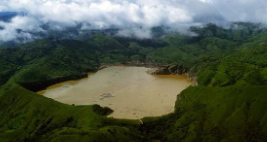
Pollution can be _____ and ______
natural, manmade
Describe an example of natural pollution:
volcanic lake releasing co2 that suffocated a town

Point-Source Pollution
comes from 1 specific location, easy to identify
Non-Point Source Pollution
comes from many sources, cannot identify 1 specific source
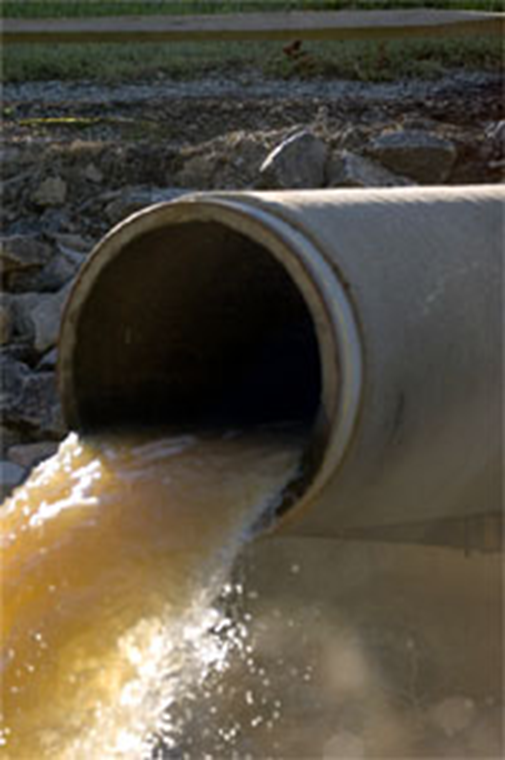
What are some examples of point source pollution?
smoke from smokestack, waste from water pipe

What are some examples of non-point source pollution?
nutrient polluted pond, sedimented river, air pollution in the city
What is the difference between regulating point source and non-point source pollution?
point source is easy to point blame, non-point is harder because little bits add up
What are the 4 types of pollutants?
ihop: infectious agents, heavy metals, organic pollutants, persistent organic pollutants
Infectious Agents
cause illnesses, biological pollutant, common in water
Heavy Metals
rcra 8, toxic in low concentrations, don’t break down
RCRA 8
abcclmss: arsenic, barium, cadmium, chromium, lead, mercury, selenium, silver
Organic Pollutants
btex, pcbs, build up in concentration, creation of new chemicals
BTEX
benzene, toluene, ethyle benzene, xylene, soluble components of gasoline
Persistent Organic Pollutants (POPs)
DDT, dioxins, last forever in environments, treated differently than regular organics, effective pesticides
What are some less common environmental pollutants?
nuclear radiation, thermal pollution, particulate matter, electromagnetic fields, noise pollution, light pollution
How do asbestos and particulate matter affect the environment?
small particles & fibers, lung issues
How can light pollution affect the environment?
disrupts species that use light as a sense of direction
What does “the dose makes the poison” mean?
anything can be poisonous in the wrong amount
What makes everything have the potential to be dangerous?
concentration, too much or too little
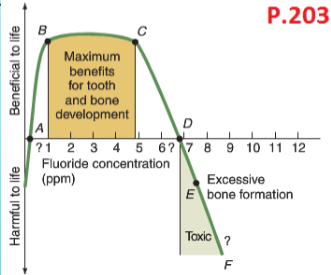
Dose-Response Curve
indicates how beneficial or harmful a substance is based on concentration

Describe the progression of the dose-response curve:
too little is harmful, increasing benefits, maximum benefit plateau, decreasing benefit, too much is harmful
How can we determine how much of a substance is safe for humans?
dose-response curves
LD-50
how much of a toxin it takes to kill 50% of a given population
What is NOT used to determine safety levels of chemicals in the environment?
ld-50s
What are LD-50s used for?
compare toxicity of chemicals
New chemicals must undergo ____ and ______ to determine their LD-50
research, development
A _____ LD-50 is safer
higher
Acute Exposure
exposed to high concentrations over short time frame
Chronic Exposure
exposed to low concentrations over long time
The effects of acute exposure and chronic exposure differ for the same chemical. Describe how acute versus chronic exposure differs for chromium:
acute lung corrosion, chronic cancer and decrease in fertility
Risk Assessment
determine the potential adverse health effects of pollutants & toxins
What are the steps of a risk-assessment?
ider: identify hazard, dose-response assessment, exposure assessment, risk characterization
What is the purpose of each risk-assessment step?
ider: determine exposure pathways, what concentration the substance is toxic, how many people exposed, all potential outcomes